What do Pump Pros Know and why do they know it? This series of articles highlights the brilliance of those who work with pumps. Read more Pump Pros Know.
Nozzle loads are a critical consideration in pump system design, as they profoundly affect pump performance and longevity. Forces and moments contributing to pump nozzle loads arise from attached piping, impacting pump alignment, structural integrity, and overall reliability. Proper nozzle load management is essential for smooth pump operation and preventing costly failures. The revised ANSI/HI 9.6.2-2021 Rotodynamic Pumps for Assessment of Applied Nozzle Loads standard offers guidance on determining allowable nozzle loads in rotodynamic pumps, as well as providing insights into managing piping loads on pump nozzles.
Understanding Nozzle Loads
Nozzle loads encompass forces and moments on pump nozzles due to factors like piping weight, thermal expansion, and equipment weight. The goal is to maintain these loads within acceptable limits to safeguard pump operation. Excessive nozzle loads can lead to issues like pump shaft misalignment (Image 1) and catastrophic component failures.

Image 1: Example of Nozzle load effect on alignment at the coupling
Causes of Excessive Nozzle Loads
The goal in pump installation is to minimize loads from piping design, recognizing three load categories: mechanical strain, hydraulic pressure, and thermal forces. Often, load solutions miss addressing all three, risking excessive pump loads from unconsidered sources. Proper installation involves aligning pump nozzles and pipe flanges, and cautiously adjusting tie-rod nuts. Neglecting this could stress the nozzle or cause misalignment. Although flexible joints are used, rigid piping support remains crucial.
Mechanical pipe strain, arising from misaligned piping and assembly tolerances, is a noticeable source of piping loads. When fastening piping flanges to pumps, keeping them near pump flanges in their unbolted state avoids excessive force during positioning. Maintaining reasonably parallel flange alignment is crucial to curbing stress arising from as-installed misalignment. Flexible joints are more accommodating of misalignment, yet their effectiveness hinges on adhering to limits prescribed by manufacturers. It’s important to recognize that the influence of fluid mass is often underestimated; inadequately supported piping, upon filling for operation, can shift from its initial dry alignment, placing undue strain on the pump (Image 2).
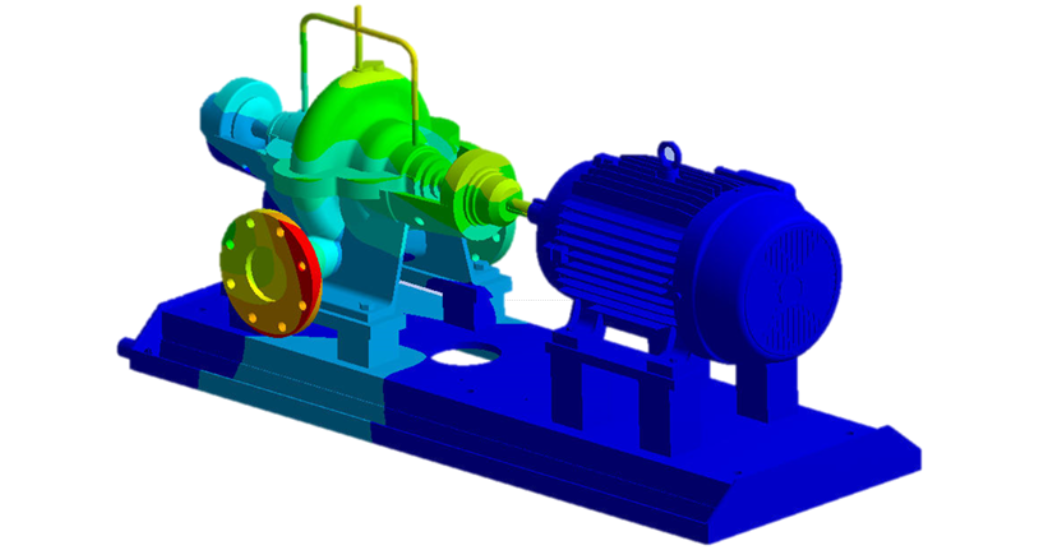
Image 2: Resultant deformation plot on pump discharge nozzle
Pump nozzle loading isn’t exclusively mechanical. Often overlooked, yet very impactful, are loads applied due to the axial deflection of flexible pipe couplings due to fluid pressure acting over the cross-sectional area of the flexible pipe coupling. These loads can be curbed by using tie-rods across joint flanges that are stiff enough to prevent deflection on the pump nozzle.
Hydraulic pressure reaction forces arise from pipe pressure, causing expansion in all directions, particularly linearly due to pressure on the inner diameter. Axially flexible fittings without thrust rods lead to negligible axial stiffness, a situation best avoided (Image 3). Several reasons underscore this concern: thrust rods enable effective management of hydraulic force, hydraulic reaction loads on pumps frequently exceed their operational capacity, and these forces are transmitted to the support structure and foundation and is cyclic with each pump start-up.
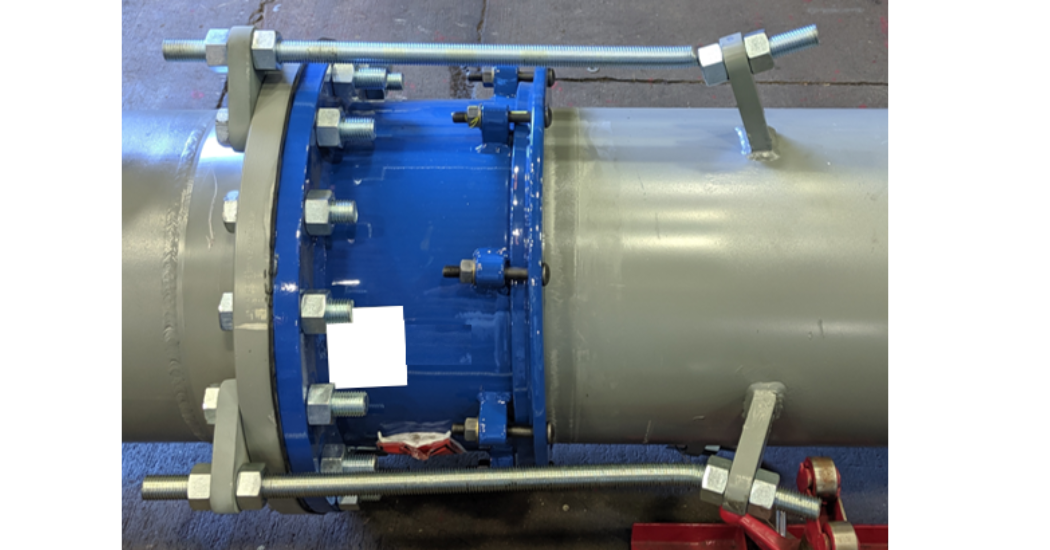
Image 3: Example of inadequate tie-rods and support
When restraining a piping run at the pump end alone, the pipe stretches away from the pump under hydraulic pressure, resulting in minimal pressure reaction at the pump. This setup leverages sliding friction in pipe supports or orthogonal pipe segments like elbows to generate opposing reaction forces that counter the expansion.
In contrast, dual-ended restraints—especially when the opposite restraint is stronger—result in hydraulic pressure reaction loads extending to the pump nozzle, support structure and foundation (Image 4). Piping systems with higher axial stiffness typically yield lower pump reaction forces. Equally, highly flexible piping systems, especially those with weak or absent thrust rods, generate greater pump reaction forces to counter pressure-induced forces. For hydraulic pressure forces in systems with weak axial stiffness, the pump’s structural stiffness becomes crucial to maintain deflection within acceptable limits; however, in most cases pumps are not design for this need.
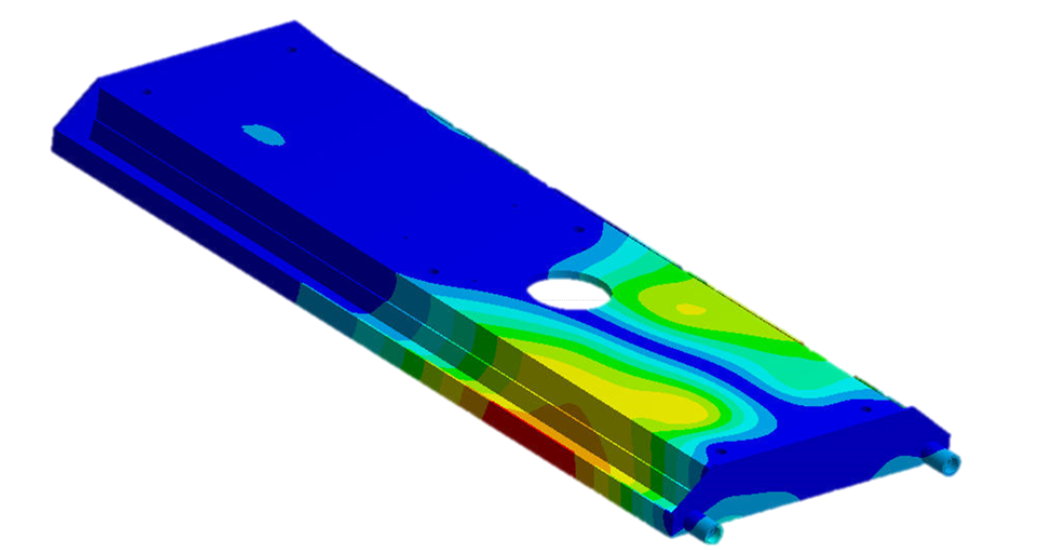
Image 4: Resultant deformation plot of baseplate (or support structure)
Like hydraulic pressure reaction forces, improperly managed thermal growth or contraction can place excessive forces on the pump nozzles. These forces arise from temperature-induced expansion or contraction within piping systems, moving from ambient to operational conditions. When the far end of a restrained piping run encounters temperature gradients, it can lead to axial deflection exceeding typical criteria. This deflection, interacting with the pump, resembles the effects of hydraulic pressure reaction forces.
Consequences of Excessive Nozzle Loads
The ramifications of excessive nozzle loads can be severe and wide-ranging. These include misalignment between the pump and its driver shaft, which disrupts the mechanical integrity of the system and affects overall performance (Image 5). Misalignment due to excessive loads can lead to premature failures of mechanical seals and bearings, resulting in increased maintenance and downtime. Additionally, excessive forces may cause the pump rotor to bind or rub against internal components, leading to wear, reduced efficiency, and potential damage. In extreme cases, excessive nozzle loads can lead to failure of pump nozzles, coupling, mounting feet, anchor bolts, or even cracks in the pump casing, jeopardizing the structural integrity of the entire system.
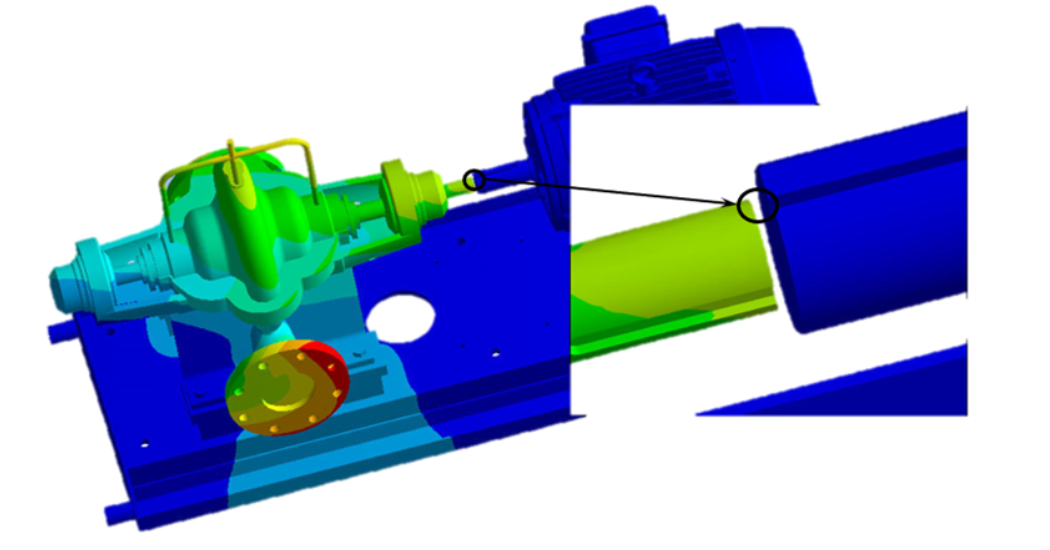
Image 5: Resultant Deformation plot at Coupling (Pump side)
Effective Load Management Strategies
To mitigate the impact of nozzle loads and ensure reliable pump operation, several strategies should be considered. Precise alignment of piping with pump nozzles is crucial to distribute loads evenly to limit cold mechanical forces and prevent misalignment-related issues. Additionally, proper piping design is essential, incorporating anchors, restraints, and expansion joints as required to accommodate thermal expansion, manage hydraulic pressure forces, and prevent excessive loads on pump nozzles. All factors contributing to weight, including pipe, fluid, insulation, and equipment, should be carefully evaluated to avoid overloading the pump nozzles. Expansion joints or flexible connections should be properly restrained to prevent them from transmitting excessive loads to the pump.
Manufacturers often provide allowable thrust values that specific pump types can withstand and adhering to these guidelines ensures the pump can handle the expected loads. Similarly, following API design standards ensures pumps are designed to withstand specific nozzle loads, enhancing overall system reliability. Engineers must adopt a systematic approach that addresses all potential load sources, including mechanical pipe strain, hydraulic pressure reaction, and thermal growth.
Managing nozzle loads is crucial to the long-term reliability and performance of pumps. The impact of excessive forces and moments on pump nozzles can be far-reaching, affecting alignment, structural integrity, and overall system efficiency. By understanding the causes of excessive nozzle loads and implementing effective load management strategies, engineers can ensure that pumps operate smoothly, minimizing maintenance costs, downtime, and the risk of catastrophic failures. Proper coordination between piping design and pump specifications is key to achieving optimal pump service life and reducing the total cost of ownership. In addition to ANSI/HI 9.6.2, resources for nozzle load management through proper installation and piping design can be found in ANSI/HI 14.4 Rotodynamic Pumps for Installation, Operation and Maintenance, and ANSI/HI 9.6.6 Rotodynamic Pumps for Pumping Piping.

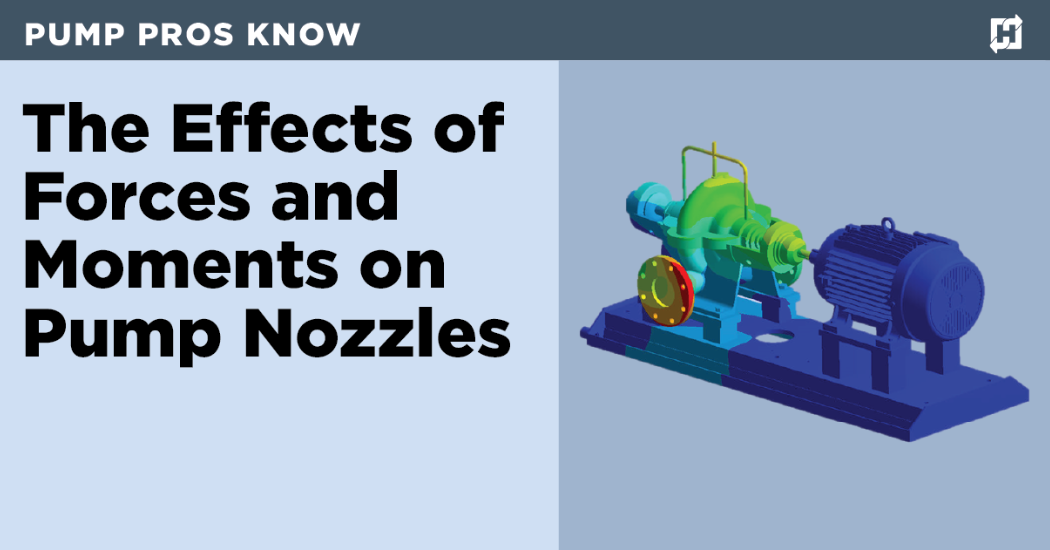
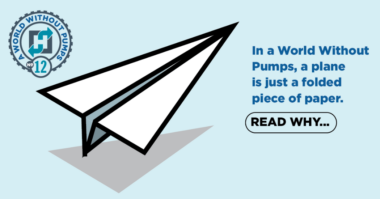


Comments